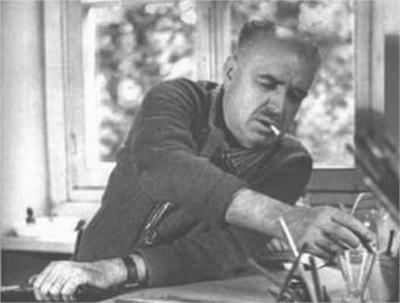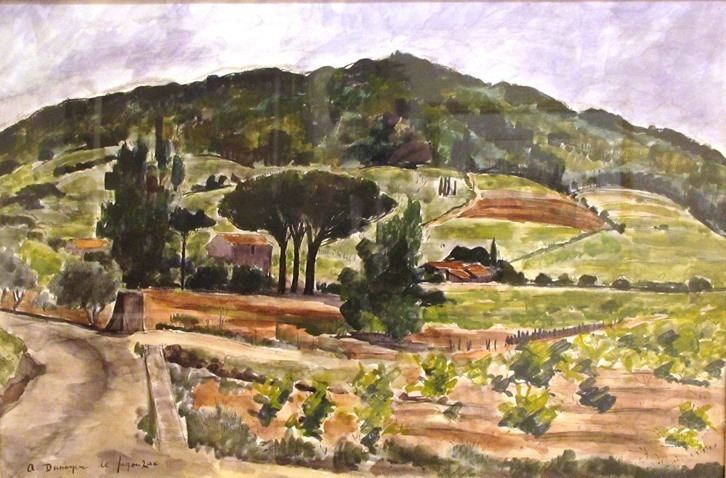 | ||
Died 17 September 1974, Paris, France Artwork The Road from Grimaud, The Farm on the Estate | ||
Andr dunoyer de segonzac french painter 1884 1974
André Dunoyer de Segonzac (7 July 1884 – 17 September 1974) was a French painter and graphic artist.
Contents
- Andr dunoyer de segonzac french painter 1884 1974
- Andr dunoyer de segonzac
- Biography
- Illustrations
- References
Andr dunoyer de segonzac
Biography

Segonzac was born in Boussy-Saint-Antoine and spent his childhood there and in Paris. His parents wanted him to attend the military academy of Saint-Cyr but, recognizing his strong interest in drawing, they agreed to his enrollment at the Free Academy of Luc-Olivier Merson. Merson's academic style of instruction did not suit Segonzac, however, and, following a period of military service, he studied at the Académie de La Palette, whose staff included Jacques Émile Blanche (he would later teach at La Palette with Jean Metzinger and Henri Le Fauconnier). Soon giving this up in favor of an independent course, free of any masters, he later cited 1906 as the starting date of his artistic career.
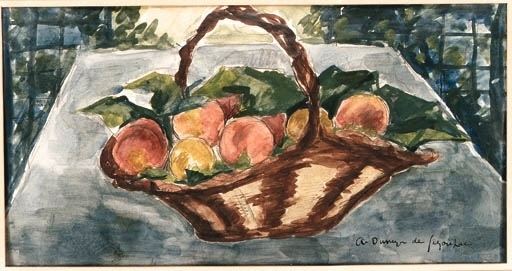
His first submission to the Salon d'Automne was in 1908; the next year he exhibited at the Salon des Indépendants, and for the next several years he exhibited regularly at both. In the early 1910s he became a member of Section d'Or. He was one of the modernists included in the Armory Show that opened in New York in 1913, with subsequent showings in Chicago and Boston.

In 1914, the year of his first solo exhibition (at the Galerie Levesque in Paris), Segonzac was drafted for military service in World War I. He saw combat in the region of Nancy and at Bois-Le-Prêtre, before being transferred to the pioneering camouflage section led by Lucien-Victor Guirand de Scévola. Between 1914–1918 he published and exhibited a number of war drawings, and by war's end he had earned the Croix de Guerre. He drew on his military experiences—and learned etching in 1919—in order to illustrate The Wooden Crosses by Roland Dorgelès (published in 1921). Segonzac found etching to be a congenial medium to his spontaneous drawing style, and by the end of his life he had produced some 1600 plates.
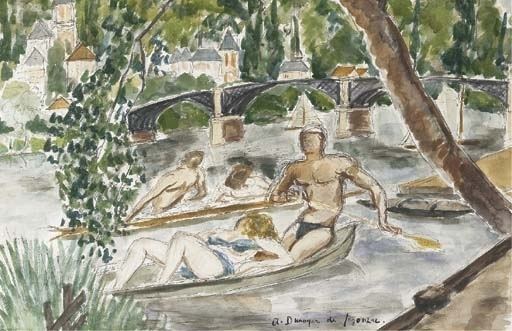
In 1947, he published his suite of etchings illustrating the Georgics of Virgil. In the judgement of Anne Distel, chief curator of the Musée d'Orsay, "The technical perfection and the nobility of the tone, which carried the cachet of the original, but was imbued throughout with an unfailing lyricism, make this work Segonzac's masterpiece. It must be included in a list of the most beautifully illustrated books of [the 20th] century."
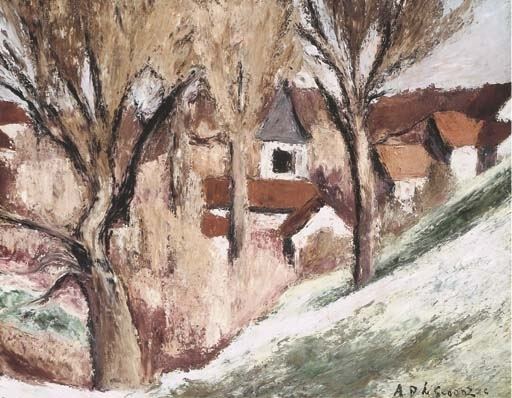
The gossamer quality of his etchings stood in contrast to the thickly painted surfaces and generally somber color of his oil paintings, which reflected his admiration for Courbet and Cézanne. His subjects include landscapes, still lifes, and nudes. He influenced other artists like Samuel Peploe. Prolific until the very end of his life as a painter in oils and watercolor, and as a printmaker, Segonzac died at age 90 in 1974.
Illustrations
